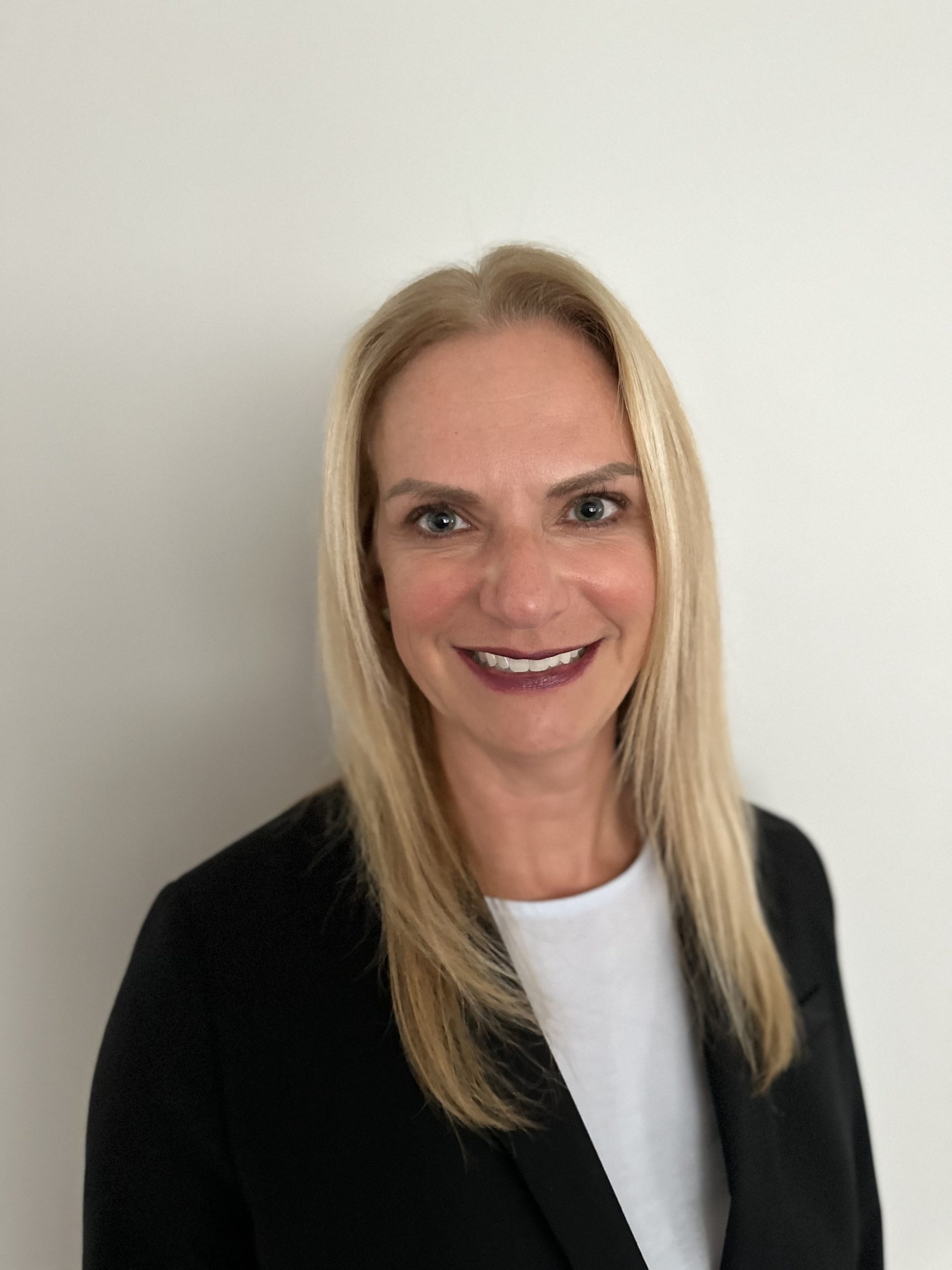
At Plymouth-Canton Community Schools’ Virtual Academy, we’ve embarked on a journey to redefine virtual learning. Our goal is to offer a flexible, engaging, and student-centered learning environment that serves our diverse student population. Central to this transformation has been our commitment to listening to our stakeholders – students, parents, and teachers – and ensuring we have strong parent buy-in. Their input and support have been invaluable in shaping a program that meets the real needs of our community.
From COVID Remote to Innovative Hybrid
When I joined Plymouth-Canton Community Schools (P-CCS) to lead the transformation of our Virtual Academy, we faced significant challenges. Our initial offering was essentially an extension of “COVID remote learning” – a hastily assembled solution that wasn’t meeting the needs of our students or families. We were losing hundreds of students to alternative options, and feedback made it clear that families wanted more than just a remote version of traditional school.
Rather than trying to solve these challenges in isolation, we joined The Learning Accelerator’s (TLA) Strategy Lab: Virtual & Hybrid to redesign our program alongside a network of peers facing similar challenges. This collaborative approach provided us with invaluable insights and a structured process for redesigning our program. The turning point came during TLA’s All-Cohort Convening in Dallas, where we saw successful hybrid models in action. Hearing students talk about the importance of in-person days with their peers and the flexibility these models offered, it clicked: our students could benefit immensely from a similar approach.
What is P-CCS’s Version of “Hybrid”?
Armed with these new insights, we set out to redesign our Virtual Academy. Our new hybrid model focuses on three key areas: more independence and flexibility for students, increased opportunities for one-on-one time between teachers and students, and strategic use of live, synchronous instruction.
Independence & Flexibility
This model prioritizes student flexibility and independence in ways that traditional schools often can’t. Students are no longer required to log in to class every day at 8 a.m.; instead, they can work when it best suits their individual rhythms and circumstances, even if that means completing assignments in the evening. We’ve incorporated advisory sessions on two synchronous days per week, ensuring that students have regular check-ins – at least weekly – with an advisor to discuss their progress and any challenges they’re facing.
For students who are ready to accelerate their learning, our model allows them to move forward more quickly, particularly in elective classes. A motivated student could complete a week’s worth of work in a single day. This flexibility also extends to accommodating an unpredictable schedule. If a student is sick or has other commitments, they can catch up on work throughout the week without the fear of falling irrevocably behind. This approach also allows our students to balance their education with their other responsibilities and life circumstances more effectively.
1:1 Time for Teachers & Students
A cornerstone of our hybrid program is the increased opportunity for one-on-one interaction between teachers and students. On asynchronous days when students are completing work at their own pace, our teachers are available from 8:15 a.m. to 3:10 p.m., ready to provide individual support to any student who needs it. We’ve also implemented a system of standing appointments, ensuring that each student has regular, scheduled one-on-one time with their teachers. This consistent individual attention allows for personalized learning and support that can be challenging to achieve in a traditional classroom setting. Explore an example of a student schedule here.
Our model is particularly beneficial for students who may not be reaching their potential in a traditional environment. If a student is struggling with a concept or assignment, they have the opportunity to meet one-on-one with their teachers – every single day. To structure this support effectively, we’ve implemented a daily schedule that includes dedicated time slots for group work and one-on-one sessions.
This level of access to individualized support can make a significant difference in a student’s ability to grasp challenging material and stay on track with their learning goals.
Strategic Synchronous Instruction
While our model emphasizes flexibility and individual learning, we also recognize the importance of live, synchronous learning experiences. Each course in our program includes one 80-minute live session per week that focuses on the most critical content and interactions. We use this time for activities that benefit from real-time engagement, such as live science experiments, guided reading passages with teacher modeling, and social interactions that help build a sense of community among our virtual learners.
We’ve taken a modular approach to our learning design, breaking apart the educational experience to maximize the effectiveness of both synchronous and asynchronous learning. Short instructional videos deliver content that students can engage with at their own pace; meanwhile, we reserve our live sessions for interactive, engaging activities that truly benefit from real-time participation. This approach allows us to make the most of our synchronous time while still providing the flexibility that is at the core of our hybrid model.
Looking Ahead
As we implement our new hybrid model, I’m filled with optimism.
By embracing flexibility, prioritizing relationships, and leveraging the strengths of both virtual and in-person learning, we’re creating a Virtual Academy that is more closely meeting the needs of our students and families every day.
Evolving from our origins as a 100% virtual model, we have transformed “the VA” (Virtual Academy) – as we call it – into a student-centered, flexible, and engaging hybrid model. As we continue to learn and refine our approach, we’re excited to see our students thrive in this reimagined learning environment.
The Future of Learning Series explores how purposefully balancing virtual and in-person learning can make student-centered learning a reality. Check out other installments of the blog series here:

